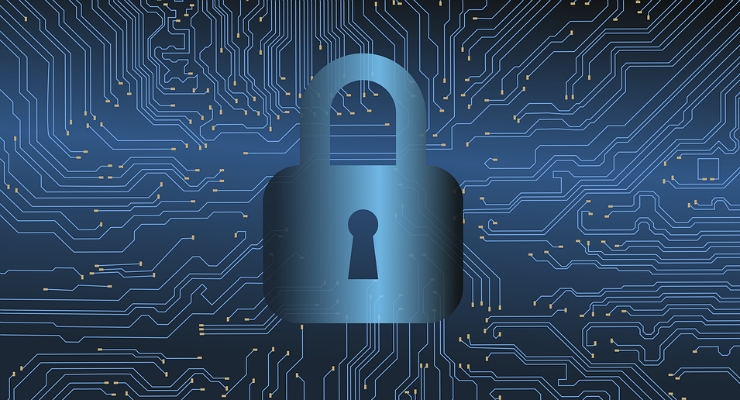
by Dawn Exley, SCSN National Development Officer
The Scottish Government has put a lot of focus on the importance of the cyber world recently with the new Digital Strategy for Scotland, which is looking to keep Scotland apace by investing in infrastructure, breaking barriers to digital exclusion and providing more education and skills in digital. This comes at a time when use of the digital and cyber world has never been greater. Indeed, due to the pandemic, huge numbers are spending increased amounts of time online, finding new ways of engaging and relying on it for social connection.
The pandemic has however, highlighted and expanded the already overwhelming issue of cyber safety. Fraud has seen exponential growth – up by 63% in Scotland, much of this online. Many of those who are open to becoming likely victims of fraud (and other cyber safety issues as well) are adults in particular, who have a ‘huge gap’ in knowledge and are now owners of devices for the first time, or engaging more online. Children and young people of course, are also at far further risk with the extremely concerning upsurge of online child sexual exploitation, since the pandemic.
All of the above, is additional to what was an already concerning picture of cyber bullying, trolling, misinformation and radicalisation, which have unfortunately, also been exacerbated during the pandemic. With the world utilising the online world more than ever, which is only likely to grow and unlikely to return to the pre-pandemic levels, some are predicting a ‘perfect storm’ in the next years.
The Scottish Government has responded with a refreshed Cyber Resilience Framework, the launch of CyberScotland as well as Police Scotland’s 2020 Cyber Strategy. They also continue to fund much of the already stellar work that takes place in trying to combat and address many of these issues.
However, there is work to be done to truly embed cyber safety within the community safety sector and have these new strategies ‘land’. Generally, the ‘othering’ of the cyber world continues to be an issue. However, it is not separate to the real world; it is a parallel universe we all live in and have an identity in. It is an area of transformational change that we can no longer place in a separate box. The online problems we are facing are not specific to technology, they are the same ‘old world’ problems (hate, bullying, exploitation etc.) our sector works hard to drive from our local communities. Indeed, many of the people being harmed online and doing harm online live in local areas (with international exceptions of course).
We interviewed Dr Shane Horgan recently on his work around the re-territorialisation of cybercrime post pandemic, in which he advocates for, amongst other things, the role of local policing and partnerships in the fight against cybercrime.
To continue to keep us all safe, community safety partnerships should be simultaneously looking to the parallel cyber universe, to address the ‘cyber world’ locally as its issues manifest in our communities and to have one eye on the future.
